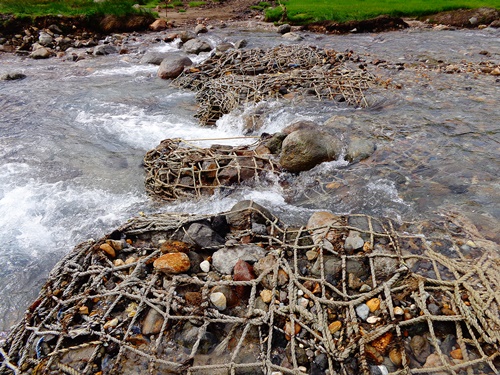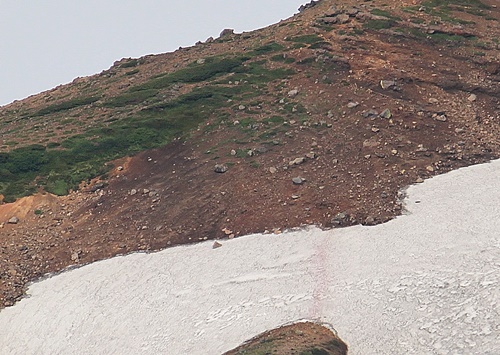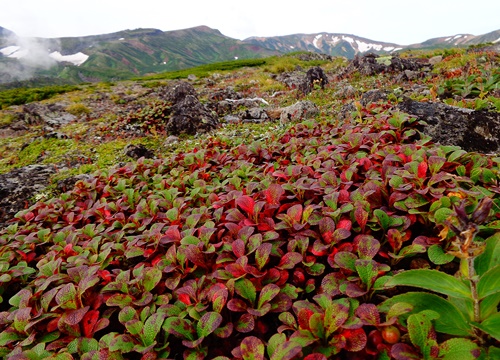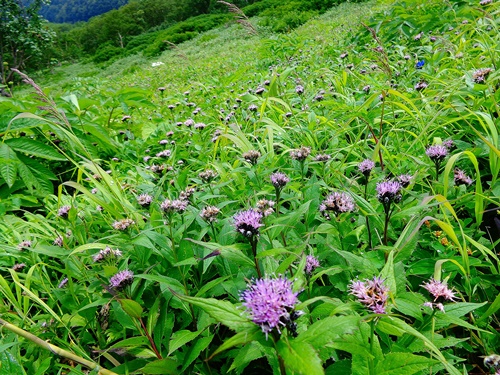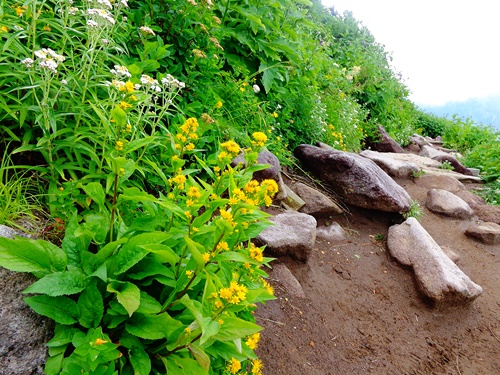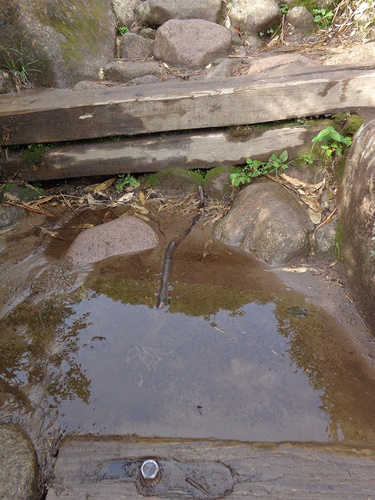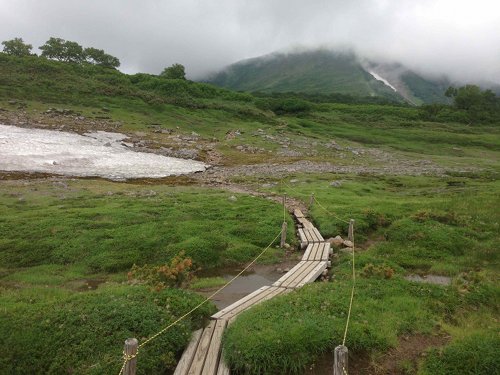Despite concerns caused by the rain, as of today, the Akaishi River is crossable, although the water is slightly high.
In addition, the snowy gorge below the Mt. Hokuchindake junction has shortened considerably.
Nonetheless, about 10 meters still remain.
Caution is still required when climbing in the early morning and descending.
Climbers should be sure to bring all of the gear needed to climb safely.
Photos: The Akaishi River (left) and snowy gorge below the Mt. Hokuchindake junction (right) Aug. 9
In addition, the snowy gorge below the Mt. Hokuchindake junction has shortened considerably.
Nonetheless, about 10 meters still remain.
Caution is still required when climbing in the early morning and descending.
Climbers should be sure to bring all of the gear needed to climb safely.
Photos: The Akaishi River (left) and snowy gorge below the Mt. Hokuchindake junction (right) Aug. 9
